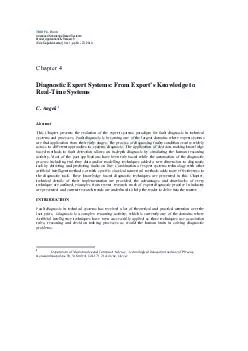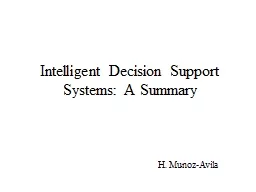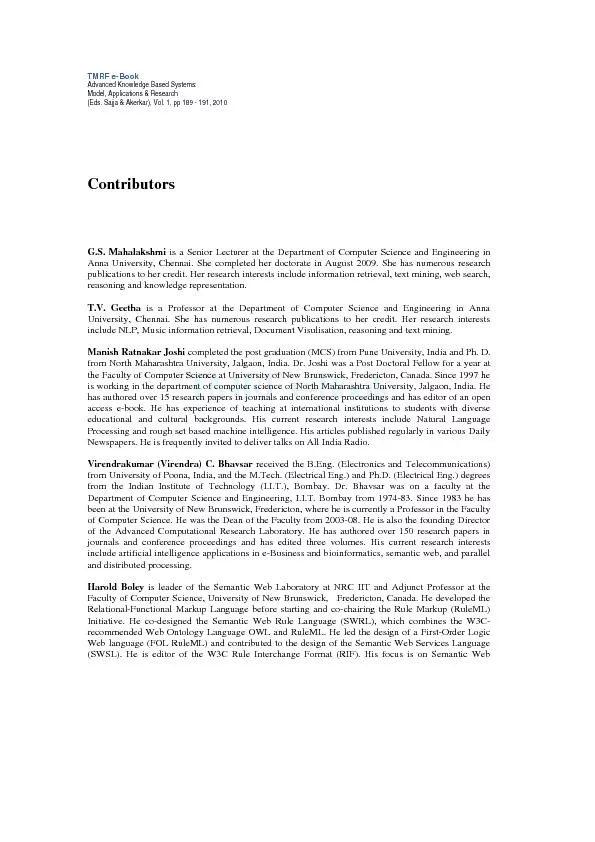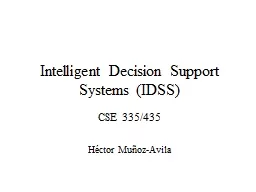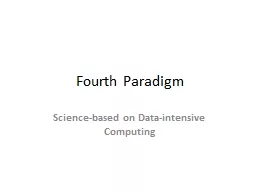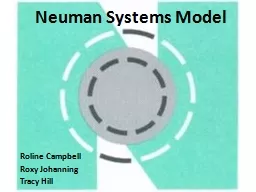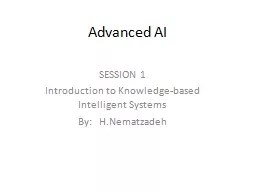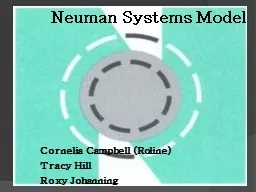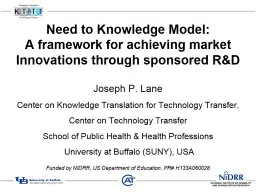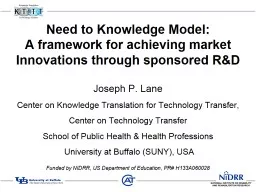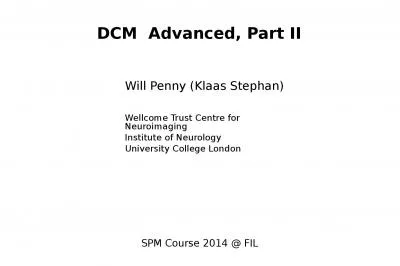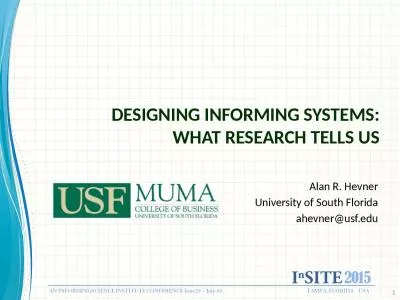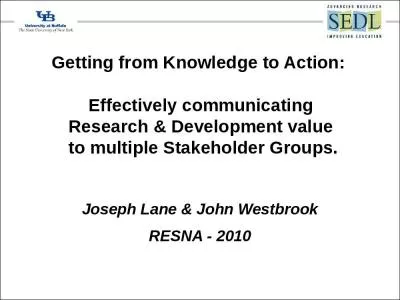PDF-TMRF eBook Advanced Knowledge Based Systems Model Applications Research Eds
Author : natalia-silvester | Published Date : 2014-12-15
Sajja Akerkar Vol 1 pp 50 73 2010 Diagnostic Expert Systems Fr om Experts Knowledge to RealTime Systems C Angeli Abstract INTRODUCTION brPage 2br Diagnostic Expert
Presentation Embed Code
Download Presentation
Download Presentation The PPT/PDF document "TMRF eBook Advanced Knowledge Based Syst..." is the property of its rightful owner. Permission is granted to download and print the materials on this website for personal, non-commercial use only, and to display it on your personal computer provided you do not modify the materials and that you retain all copyright notices contained in the materials. By downloading content from our website, you accept the terms of this agreement.
TMRF eBook Advanced Knowledge Based Systems Model Applications Research Eds: Transcript
Download Document
Here is the link to download the presentation.
"TMRF eBook Advanced Knowledge Based Systems Model Applications Research Eds"The content belongs to its owner. You may download and print it for personal use, without modification, and keep all copyright notices. By downloading, you agree to these terms.
Related Documents

